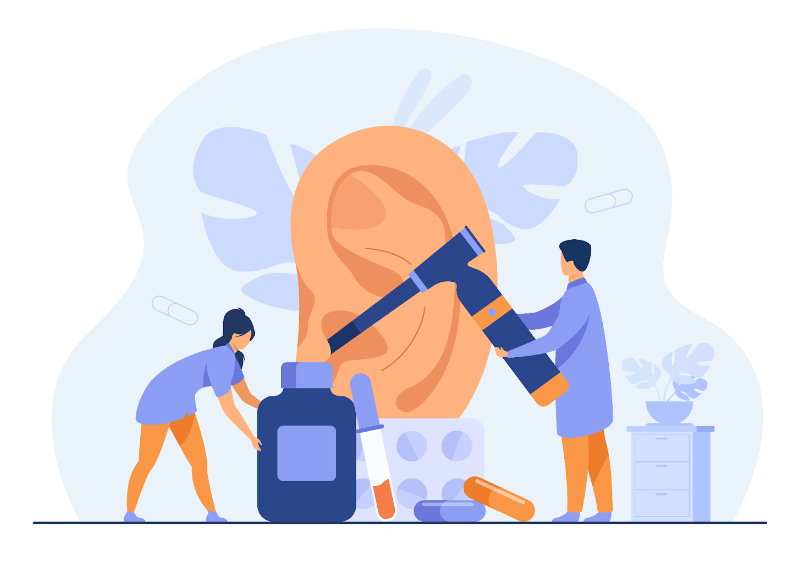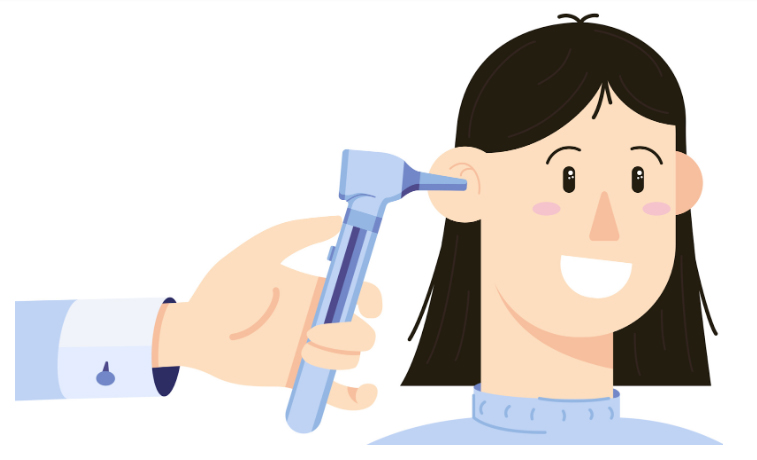Swimmer’s ear (also called otitis externa) is a type of ear infection. Bathing, showering, swimming, or moist environments are common causes of this infection. It is caused by bacteria that normally live on the skin and in the ear canal
“multiplying when water is trapped in the canal, resulting in an ear infection.”
Other causes may include:
- skin problems such as eczema or dermatitis
- getting hair products inside your ear
- a fungal infection or an allergic reaction to ear plugs, medication or shampoo
- swimming in polluted water
- contact with foreign objects inside the ear canal
- Excessive cleaning of your ears

Swimmer’s ears is not a life threatening infection, but it can interfere with your daily routine. Symptoms include:
- Itching inside the ear
- Pain inside the ear that gets worse when you tug on the outer ear
- Sensation that the ear is blocked or full
- Drainage from the ear
- Fever
- Hearing loss
- Intense pain in the neck, face, or side of the head
- Swollen lymph nodes around the ear or in the upper neck
- Redness or swelling of the skin around the ear


How to Prevent Swimmer’s Ears
- Keep your ears dry
After taking a bath of being exposed to moisture, thoroughly dry your ears with a clean, soft towel of cloth. Tilt your head to the side to drain any excess water from your ear canal.
- Swim with caution
Swimming pools and beaches contain millions of microbes. Practice precaution and use your a clean pair of earplugs when swimming in a body of water.
- Avoid putting foreign objects in your ear.
Never attempt to scratch an itch or dig out earwax with items such as a cotton swab, paper clip or hairpin. Using these items can pack material deeper into your ear canal, irritate the thin skin inside your ear or break the skin.
- Protect your ears from irritants
When applying products such as hair spray or face paint, make sure that you cover your ears with cotton balls. Avoid using electronics such as hair dryers near your ear.
- Don’t overclean your ears
Clean your ear every 2-4 weeks. Avoid using a cotton bud or any intrusive ear cleaners.
Consult a doctor
If left unattended, Infections can continue to occur or persist. You can treat Swimmer’s ear with the right equipment and the guidance of your ENT specialist.
Swimmer’s ear treatment involves careful cleaning of the ear canal and the use of eardrops that inhibit bacterial growth and reduce inflammation. Early infections are often treated with mildly acidic solutions containing boric or acetic acid.
If you have swimmer’s ear, your doctor will check your ear canal for redness and swelling, as well as ask whether you are experiencing any pain. They may also take a sample of abnormal fluid or discharge from your ear (ear culture) for testing to see if bacteria or fungus are present.
In cases of more severe infections, antibiotics may be prescribed directly to the ear.
Hearing Solutions is open for consultation from Monday to Saturday, 9 am to 6 pm. Get to talk to our highly qualified ENT doctors and find the best solution for your Swimmer’s ear.
You can visit our Facebook page for more information, or you can text us at 0932 788 1168 to book an appointment.





